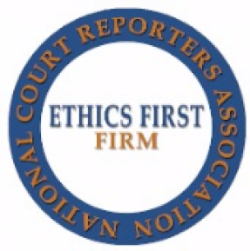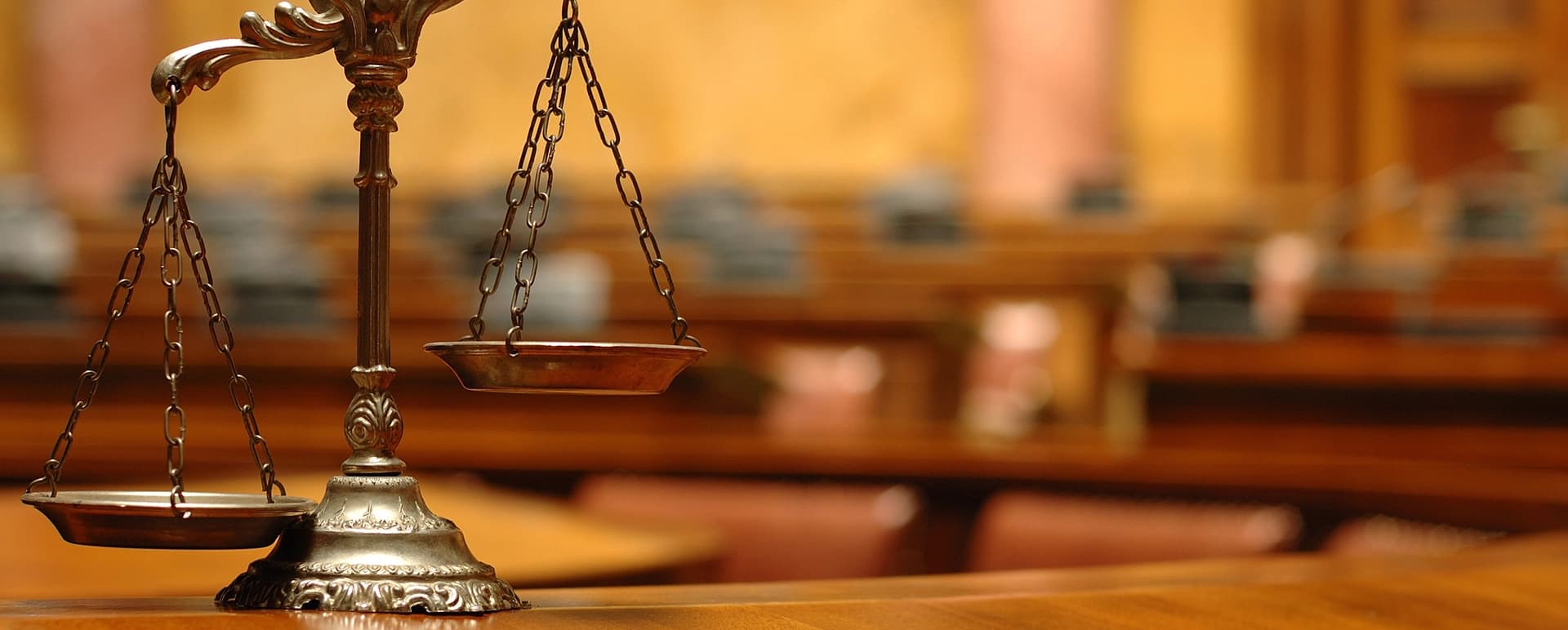Trial Presentation Skilled Support for Legal Practices and Court Cases
Trial Presentation Skilled Support for Legal Practices and Court Cases
Blog Article
Mastering Trial Discussion: Tips for Engaging and Persuasive Court Room Methods
In the world of trial discussion, the ability to involve and persuade is extremely important. The difficulty lies in perfectly integrating them into a natural presentation. What strategies can really boost a trial presentation from ordinary to exceptional?
Recognizing Your Audience
To efficiently understand test discussion, it is vital to recognize your audience. In the courtroom, your audience mostly includes jurors, the court, and rival counsel. Each group possesses distinctive viewpoints, experiences, and biases that can influence their reception of your disagreements. Jurors, as an example, are charged with analyzing proof and developing realities based on their individual ideas and values. Recognizing their demographics, backgrounds, and potential prejudices can help customize your discussion to resonate with them successfully.

A recognition of the court's choices and court room etiquette is just as vital, as it can affect the flow of your discussion. Judges might focus on brevity and quality, so offering your instance in an uncomplicated manner can boost your reputation. In addition, acknowledging the rival guidance's techniques can aid in preparing counterarguments that effectively resolve their points.
Eventually, recognizing your target market allows you to involve them much more effectively, cultivating link and persuasion throughout the trial (trial presentation). By leveraging insights regarding their inspirations and assumptions, you can create a compelling presentation that reverberates and ultimately affects the end result of the situation. This foundational understanding is crucial for any kind of attorney intending to achieve success in the court room
Crafting an Engaging Narrative
A well-crafted story works as the backbone of an efficient test presentation, assisting the target market via the intricacies of the instance. This narrative should be structured to engage jurors psychologically and intellectually, making the truths relatable and understandable. By weaving with each other the components of the situation-- such as the timeline, key occasions, and critical testimonies-- attorneys can develop a coherent storyline that resonates with jurors.
To accomplish this, it is vital to determine the main motifs that will drive the story. Lawyers ought to focus on the inspirations and objectives of the celebrations included, showing the human aspects of the case (trial presentation). This approach not only maintains juror passion however additionally promotes empathy, leading them to connect personally with the narrative
Furthermore, using clear and succinct language is vital. Staying clear of legal jargon enables the audience to grasp the necessary points without confusion. Each section of the narrative must develop towards an engaging climax, finishing in a convincing verdict that enhances the instance's core message. Eventually, a solid narrative not only clarifies the problems at hand however also creates a lasting impression that can affect the outcome of the trial.
Making Use Of Visual Aids Effectively
Exactly how can aesthetic aids boost the efficiency of a trial presentation? Aesthetic aids act as effective tools that can significantly boost juror understanding and retention of intricate information - trial presentation. When used thoughtfully, they can make clear bottom lines, highlight relationships, and click reference stress important proof that sustains the situation narrative
Reliable aesthetic aids include charts, charts, timelines, and images, which can streamline intricate data and offer context. A timeline can succinctly communicate the series of occasions, while a chart can highlight analytical info in a visually appealing manner. The tactical usage of multimedia presentations can also improve involvement and keep juror rate of interest throughout the test.
Furthermore, visual aids can assist to stimulate emotional reactions, strengthening the human aspects of a situation. By providing photographs or video clips relevant to the instance, attorneys can produce a much more engaging and relatable story. Nevertheless, it is necessary to make certain that visual aids are properly designed and not excessively intricate, as this can cause confusion instead than clarity.
Involving Body Language Techniques
Aesthetic help are not the only tools that can enhance the effectiveness of a trial discussion; involving body movement methods additionally play a vital duty in capturing juror interest and sharing confidence. A speaker's nonverbal signs can considerably influence jurors' understandings and responses, making it vital to master these methods.

In addition, differing your vocal tone and speed can boost your storytelling, making it much more engaging. Stopping briefly strategically enables jurors to absorb critical information and signals the importance of what you are saying. Moving purposefully within the courtroom can assist reinforce your points, offered it does not sidetrack from your message.
Integrating these body language strategies will not only improve your court existence yet additionally promote a more influential link with jurors, ultimately adding to the success of your test discussion.
Exercising for Influence
Effective trial discussions hinge not only on the material however likewise on the delivery, making technique important for influence. The importance of wedding rehearsal can not be overstated; it permits attorneys to fine-tune their disagreements and develop a powerful visibility in the court. Engaging in calculated practice aids attorneys to determine their staminas and weak points, enabling them to change their pacing, tone, and body language accordingly.
To practice for influence, replicate trial problems as very closely as possible. This includes utilizing aesthetic aids, practicing before colleagues, and obtaining positive feedback. Recording technique sessions can also provide important understandings into delivery design and audience interaction. Emphasis on quality in speech, making sure that complex lawful concepts are communicated properly to the court.

Final Thought
Grasping test discussion entails a diverse approach that combines audience understanding, narrative development, aesthetic aids, and body language. Extensive practice in simulated settings better solidifies these you can find out more methods, guaranteeing that each discussion reverberates and leaves an enduring perception on the court.
Report this page